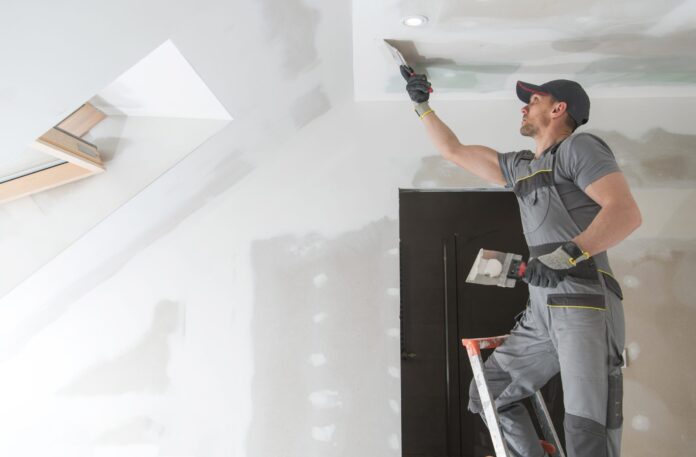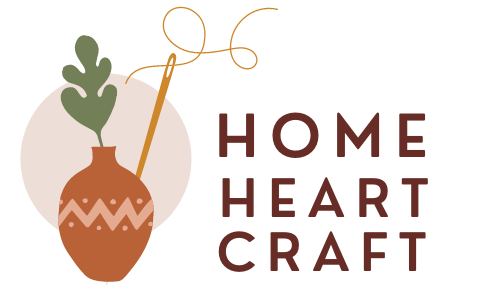When you own a building you’re going to need to undertake maintenance. It’s just a part of ownership. Of course, if you’re looking to buy it’s a good idea to invest in a building consultant such as sbdir.com.au before you purchase. They can conduct a survey on your part and will find all faults with the building if there are any.
This is important as the fault list can be used to reduce the purchasing price. You may need the additional funds to cover the repair bills. Alternatively, you can simply walk away.
However, if you’re purchasing a building you may fancy yourself as a handyman and decide to do the majority of the repairs yourself. You’ll find there are some projects you shouldn’t do morally or legally. But, the majority of work at home you can do.
Drywalling is one of those things you should be able to do yourself. You simply need the right tools and instructions.
Here are the 5 tools and materials you’ll need to repair your drywall.
1. Saw & carpenters knife

It’s best to choose a drywall saw as these are designed for drywall. You’ll need the saw to cut the damaged section out. The knife may be useful to tidy the edges or get the section that’s against the wood.
2. Sandpaper

Once you’ve replaced the piece of drywall and sealed it into place you’ll need to sand the area to get a perfect finish, allowing you to paint the area. Done properly it will then be invisible.
3. Safety Gear

Drywall is very dusty, it’s advisable to use gloves and a safety mask. You may even want to use a dust suit to prevent it from covering your clothes.
4. Drywall patch

This is effectively a piece of drywall that you’ll be cutting and inserting into the damaged section.
5. Pre-mixed joint compound

The pre-mixed joint compound allows you to fill the joint between the original drywall and the repaired section. This helps hold it in place and, after sanding, creates the perfect finish.
Undertaking The Drywall Repair
It should be noted that there is a different approach when you’re dealing with a small hole as compared to a larger area of damage. The small hole is easy to fix and should be done within an hour.
For A Small Hole

You’ll need to use your carpenter’s knife to clean the hole, removing any loose pieces of drywall. You can then bevel the edge of the hole, this increases adhesion for the joint compound.
Because the hole is small, less than a nickel, you’ll be able to simply fill it with the joint compound. Start by scooping the compound out of the container on a putty knife, or your carpenter’s knife. Smears this in and against the hole. Keep adding a little at a time until you’ve filled the hole and left it slightly raised to the rest of the wall.
You can then leave it to dry. Once it is set you’ll be able to sand the raised area, bringing it flush to the wall, making the hole invisible. To finish you’ll want to prime it and paint it.
Larger holes

The procedure is similar to when dealing with smaller holes.
The first step is to remove the damaged piece. This means cleaning the edges to create a smooth area that you can use as a template for your new piece of drywall. However, the better option is to find the closest joists and cut the drywall back to them, creating a square or rectangular shape. You’ll need to use the saw to cut to the joist and the knife to cut over the wood.
What you’ll be left with is an area that you can screw a new piece of drywall too After you’ve cut the hole you’ll need to measure it and cut a piece of drywall the same size.
It will then be possible to insert the drywall against the wood and fill the hole. Secure the drywall to the wood with screws.
You’ll then be ready to fill the joints with your pre-mixed joint compound. Use your carpenter knife to smear the joint lines with the compound, pushing it in to encourage adhesion and gain a smooth finish. The joint compound should be slightly raised, allowing you to sand it after it has dried and create a perfect finish.
Once it’s primed and painted you’ll never know it was there.
Extra Thoughts

It’s possible to get a drywall repair patch, which will sit on your existing drywall, and cover the hole. It creates a surface for you to put joint compound on, and after sanding, will create a perfect finish.
However, if you opt for this approach you’ll need to proceed with caution as if you don’t get the patch right you can end up with a bulge in your wall.
It will only work with medium-sized holes.
If you’re not willing to cut a larger hole into your wall to add drywall then you can cut a piece of drywall to the size of the hole. Carefully inserting two pieces of wood into the hole and securing them to the existing drywall will give you a solid surface to adhere the new drywall piece to.
You’ll then be able to add the joint compound and finish the job properly.
Summary
Repairing a drywall hole yourself is possible but you should take your tie with this. The preparation process is vital to getting the best possible finish. If done properly the hole will be invisible. Of course, for the paint to really blend in you may need to repaint the entire wall. That’s a personal decision and will depend on how visible the area is, the lighting, and how recently it was painted.
If you’re doing all this after taking on a new house then you’ll be doing the entire wall anyway and get a stunning finish that others will be jealous of.
FAQ:
Q: What tools do you need to repair drywall?
A: drum next. Cable drill. Plasterboard grinder. Respirator. Hammer. Hawk. Mixer.
Q: What tools are used to install drywall?
A: Jab Saw. Admit it or not,smaller jobs like cutting holes in a sheet of drywall can be a complex procedure for newbies. Utility Knife. The utility knife is among the best tools that you can’t miss when working on drywall projects. … Drywall Knife. … Corner Knife. … Drywall Banjo. … Screw Gun. … Drywall Saw. … Cordless Drill. … Drywall Screws. … Drywall Lift. …
Q: What is the Best Drywall cutting tool?
A: Best DEWALT Rotary Saw Tool For Cutting Drywall. For every DIYers and renovation workers,we cannot forget Dewalt tools. … Makita Lithium-Ion Cordless Cut-Out Tool. Even with the battery,the tool is very lightweight. … Milwaukee- Fastback II Flip Utility Knife. … DEWALT Max Drywall Cut-Out Tool. … Milwaukee Cordless Cutting Saw For Cutting Drywall. …
Q: What supplies do you need to hang drywall?
A: supplies for hanging drywall: 4×8 sheets of 1/2″ lightweight drywall. 1 5/8″ drywall screws. Utility knif e with lots of replacement blades. drywall screw gun OR regular screw gun with drywall setter bit. drywall square. 2×4 stud (s) to use for nailing strip (s) drywall saw (jab saw) drywall carry handle.

